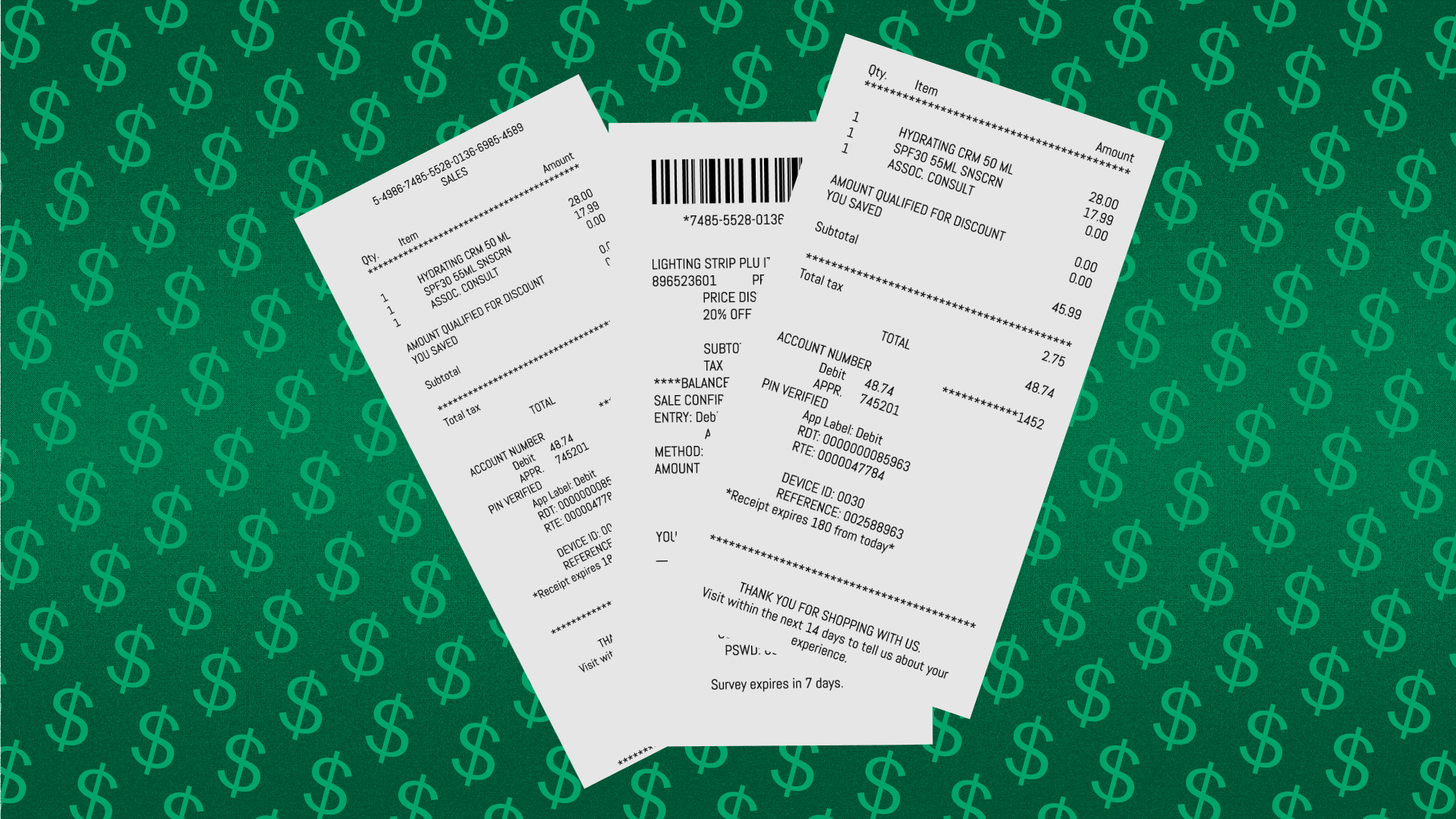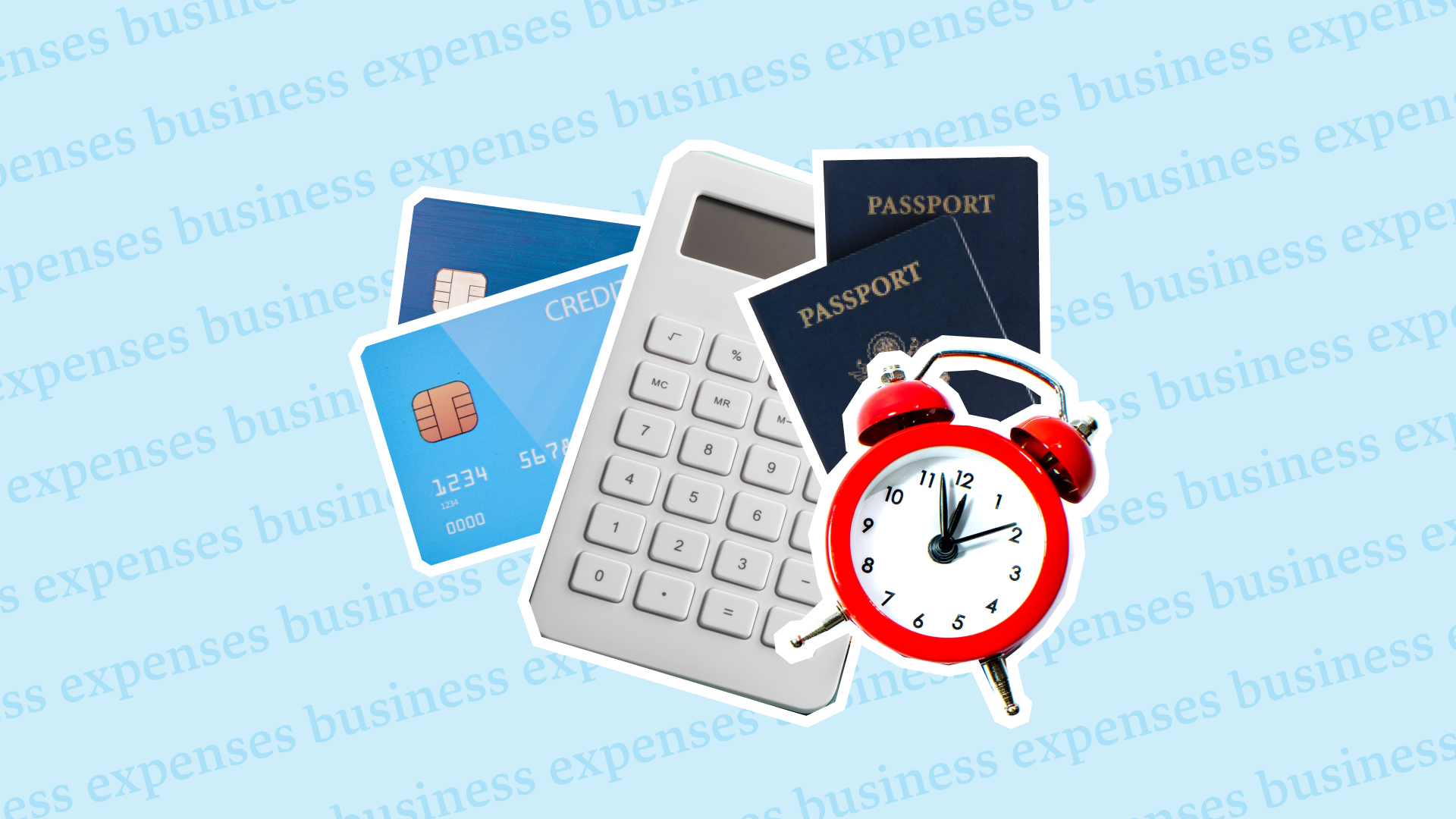Businesses often require their employees to incur expenses that will later be reimbursed by the business. Without proper substantiation, expense reimbursements may be treated as taxable income. In some cases, however, there are some expenses that require less substantiation.
These can be referred to as safe harbor expense allowances. The safe harbor principle can be applied to certain travel expenses. Let’s dive in.
Safe Harbor Employee Business Expense Allowances
The Internal Revenue Code (IRC) contains many instances of safe harbor business deductions. A safe harbor is basically defined as an alternative to the calculation, allocation, and substantiation of actual expenses for purposes of satisfying the requirements of the Internal Revenue Code. Many of the safe harbor provisions are specifically designated as safe harbor deductions, but the principle is applied in many other sections of the IRC as well.
Related Article: What is Employee Expense Reimbursement and How Does it Work?
The safe harbor principle can be applied to certain travel expenses. Employees must still substantiate the time, place, and business purpose of the travel, but the amount of the expense can be treated as substantiated if it’s based on one of the following methods:
The standard mileage rate
A fixed and variable rate (FAVR) allowance
A per diem amount
Standard Mileage Rate
The standard business mileage rate* is used to compute the cost of operating a personal automobile for business purposes. As long as the vehicle has not already been depreciated for business purposes, the cost of operating the vehicle is considered to be substantiated by multiplying the standard mileage rate by the number of miles driven for business purposes.
An employer may choose to provide an automobile allowance to an employee who uses their personal vehicle for business on a regular basis. Periodically, the employee is required to submit their mileage log in order to calculate the actual usage. The employer may reimburse the employee for excess mileage, and the employee may be required to return an excess payments. Excess payments that are not returned must be treated as supplemental wages subject to tax withholding.
*The standard federal mileage rate for business in 2018 is 54.5 cents per mile. The 2018 maximum standard automobile cost for which an FAVR allowance may be used may not exceed $27,300 for automobiles or $31,000 for trucks and vans. (IRS Notice 2014-79)
Fixed and Variable Rate (FAVR) Allowance
A FAVR allowance is a mileage rate that has been calculated by the employer based on certain fixed costs (such as depreciation or lease payments, insurance, registration and license fees, and personal property taxes), as well as projected variable costs (such as gasoline and gasoline taxes, oil, tires, routine maintenance, and repairs). The projected costs are based on the locality, retail prices paid by consumers, and evidence of costs normally incurred by the owner of a vehicle.
Payments must be made at least quarterly. The base location is normally where the employee resides, or the employee's tax home. The cost of the automobile may not exceed the maximum standard automobile cost set by the IRS each year.
Guidelines for calculating FAVR allowances is provided by the IRS in Revenue Procedure 2010-51.
The advantage of using an FAVR allowance instead of the standard mileage rate is that in locations with higher automobile operating costs, the FAVR allowance may be more than the standard mileage rate. The disadvantage is that the employer must recalculate the FAVR allowance at least once every three months. The FAVR allowance is used by employees in the same way as the standard mileage rate to substantiate automobile costs.
Per Diem Amounts
The regular federal per diem rate “is the highest amount the federal government will pay its employees for lodging, meals, and incidental expenses (or meals and incidental expenses only) while they are traveling away from home in a particular area.” (IRS Publication 463, Travel, Entertainment, Gift, and Car Expenses, p. 31.)
Per diem rates are established for each fiscal year (beginning October 1) by the General Services Administration and are published on the GSA website.
An employer may choose to pay for lodging expenses at cost, and use only the M&IE per diem rate.
Employers may also choose to use per diem rates for the government's fiscal year or extend the rates through the end of the calendar year, as long as the choice is applied consistently to all employees.
Certain locations are designated as high-cost locations, so the per diem rates in those areas are higher. Employees who use the rates for high-cost locations must also recognize that the rates change from month-to-date in some locations.
Safe Harbor Allowances Can Reduce the Burden of Substantiation
As you can see, the safe harbor rule can be applied to the substantiation of the cost of certain travel expenses. When these methods are used, no further calculations or proof of cost is required.
Managing expenses for your business can be complex, but Justworks can help. Customers of Justworks PEO have access to Expenses, our expense management tool that helps to streamline expense reimbursement requests alongside payroll. Learn more about Expenses and our other payroll features.
Learn more with Justworks’ Resources
Scale your business and build your team — no matter which way it grows. Access the tools, perks, and resources to help you stay compliant and grow in all 50 states.









